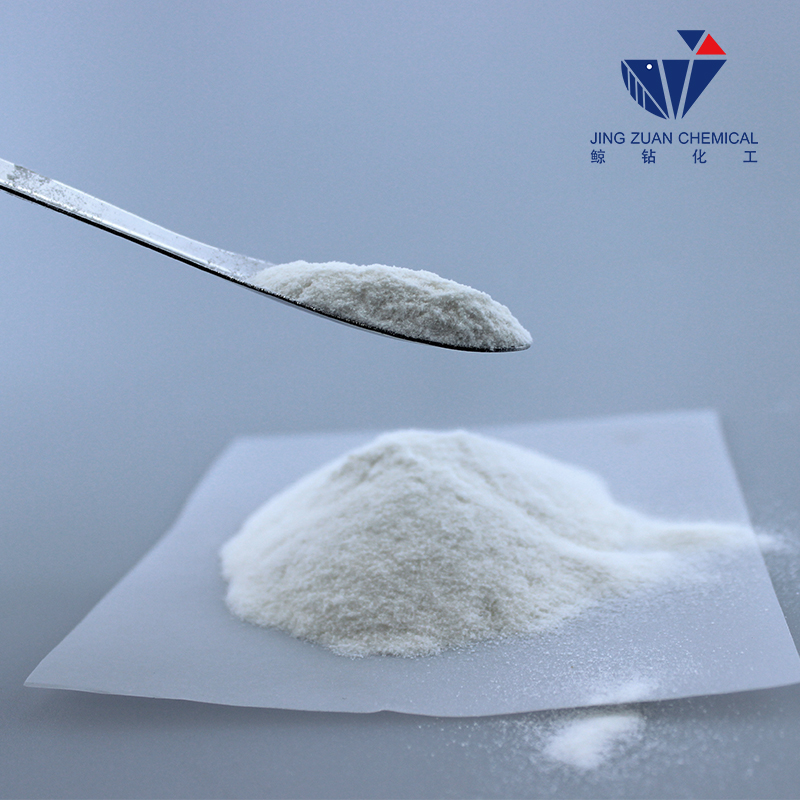
Sult . 28, 2024 01:22 Back to list
HPMC Use in Tile Adhesives for Enhanced Performance and Versatility
The Importance of HPMC in Tile Adhesives
Hydroxypropyl Methylcellulose (HPMC) has emerged as a crucial component in the formulation of tile adhesives. This versatile cellulose ether is widely recognized for its unique properties that enhance the performance, workability, and durability of tile installations. In this article, we will explore the significance of HPMC in tile adhesives, focusing on its functional benefits, applications, and advantages in construction.
The Importance of HPMC in Tile Adhesives
Moreover, HPMC enhances the adhesive’s viscosity. This property is crucial for maintaining the proper consistency of the adhesive, which allows for better spreading and troweling. A thicker, more viscous adhesive is less prone to sagging, especially when applying larger tiles on vertical surfaces. This quality ensures that the tiles remain in place during the initial setting phase and contributes to the overall stability of the installation.
hpmc for tile adhesive

In addition to water retention and viscosity control, HPMC also contributes to the adhesion strength of tile adhesives. The cellulose ether forms a gel-like structure when mixed with water, creating a network that promotes better bonding between the adhesive and the substrate. This improved adhesion is vital for ensuring that tiles remain firmly attached over time, resisting issues such as peeling or cracking.
Another noteworthy benefit of HPMC in tile adhesives is its compatibility with various materials. The cellulose ether is compatible with a wide range of additives and polymers used in adhesive formulations. This versatility allows manufacturers to develop customized products tailored to specific applications, such as porcelain tiles, ceramic tiles, or natural stone. By utilizing HPMC, formulators can enhance the performance characteristics of their adhesives, thereby expanding their range of applications in the construction industry.
Furthermore, HPMC is non-toxic and environmentally friendly, making it a preferred choice for eco-conscious manufacturers and consumers. The use of sustainable materials has become increasingly important in construction, and HPMC fits this demand by providing effective performance without compromising environmental integrity.
In conclusion, Hydroxypropyl Methylcellulose (HPMC) is a vital ingredient in tile adhesives that offers numerous benefits, including enhanced water retention, improved viscosity, stronger adhesion, and compatibility with various materials. Its role is particularly critical in achieving durable and high-performance tile installations. As the construction industry continues to evolve and emphasize sustainable practices, the importance of HPMC in tile adhesives is likely to grow, making it a key component in modern building materials.
-
Versatile Hpmc Uses in Different Industries
NewsJun.19,2025
-
Redispersible Powder's Role in Enhancing Durability of Construction Products
NewsJun.19,2025
-
Hydroxyethyl Cellulose Applications Driving Green Industrial Processes
NewsJun.19,2025
-
Exploring Different Redispersible Polymer Powder
NewsJun.19,2025
-
Choosing the Right Mortar Bonding Agent
NewsJun.19,2025
-
Applications and Significance of China Hpmc in Modern Industries
NewsJun.19,2025







